

Balmoral Beach, Sydney, Australia – Date: Oct 21, 2023 (SPRING) – 11:15 am – UV index – high – 6.3
For those living in the Southern Hemisphere, Summer is quickly approaching. As we embrace the warmth of the sun, it is important not to overlook the invisible aspect – the Ultraviolet (UV) radiation.
What is UV Radiation and How is It Measured?
The UV index was developed as a tool for the general public to understand the level of ultraviolet radiation expected at the Earth’s surface and is a measure of potential risk of sun damage.
The UV index is a way to measure how strong the sun’s ultraviolet (UV) rays are at a particular place and time. It helps you gauge how likely you are to get sunburned and how you should be protecting yourself from the sun. The scale usually goes from 0 to 11+. The higher the value, the stronger the UV rays and the greater the risk of sunburns (which leads to sun cancers!)
How to Understand the UV Index and Why is It Important?
The UV index can help you determine your risk of sun damage. It is a scale between 0 to 11+ .
Between 0 to 2 = low
– Minimal protection required as low risk for sun damage.
Between 3 to 5 = moderate
– Moderate risk of damage. Sun precaution advised.
Between 6 to 7 = high – high risk of sun damage
– Sun protection strongly advised.
– Reduce time in sun between 10 am to 4 pm.
Between 8 to 10 = very high risk of sun damage
– Very high risk of sun damage. Sun protection is essential and try to stay out of the sun.
– Try to avoid sun exposure between 10 am to 4 pm.
11+ (Extreme) – Extreme risk of sun damage
– Sun protection mandatory. Take all precautions.
– Stay indoors or seek shade whenever possible.
– Try to avoid sun exposure between 10 am to 4 pm.
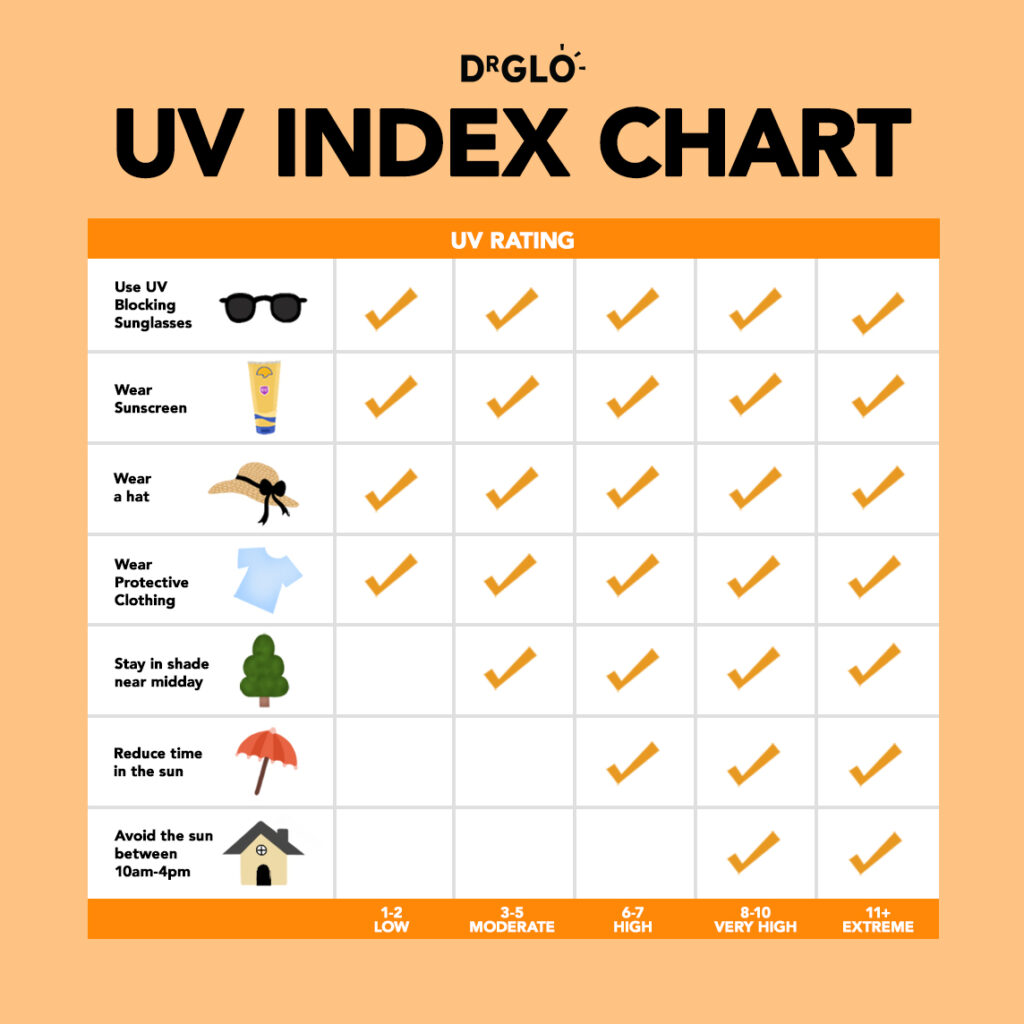

PRO TIPS
Please remember that on an overcast day, you can still get sunburned if the UV index is high! For this reason, rely on the UV index value! Rely on the numbers and not how you feel as UV radiation is invisible!
How Does the UV Index Vary Based on Seasons?
The UV index varies based on the season with the highest levels during the summer months. However, in many cities around the world, the UV index exceeds 3 all year round. As such, sun protective measures should be in place all the time!
Here are some examples of average UV index levels:
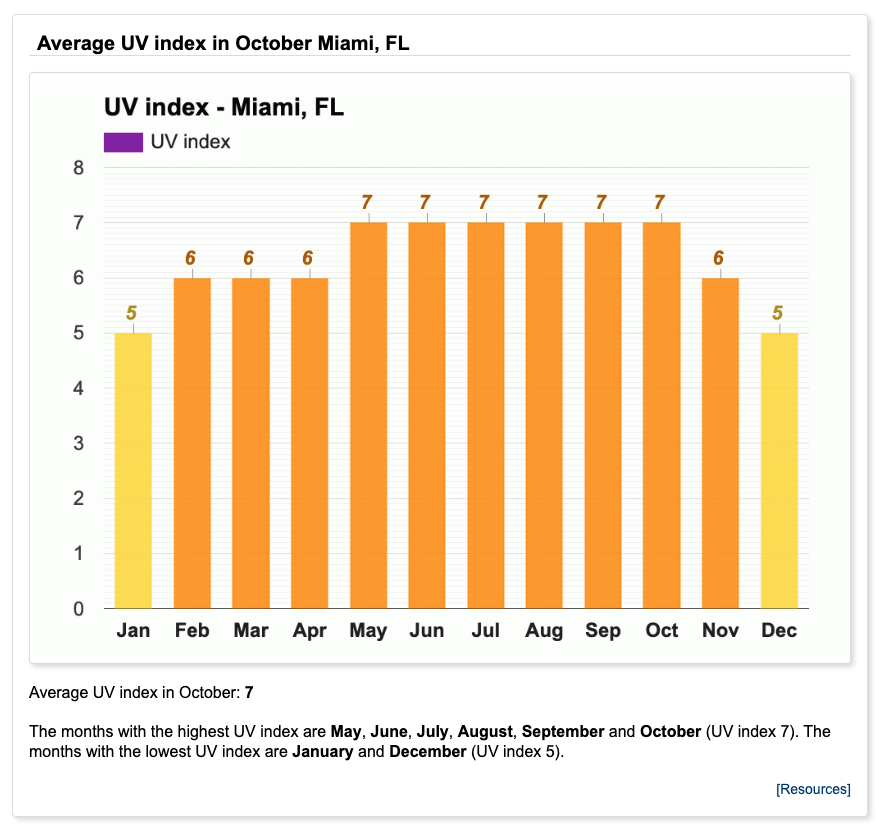
Credit: Weather Atlas
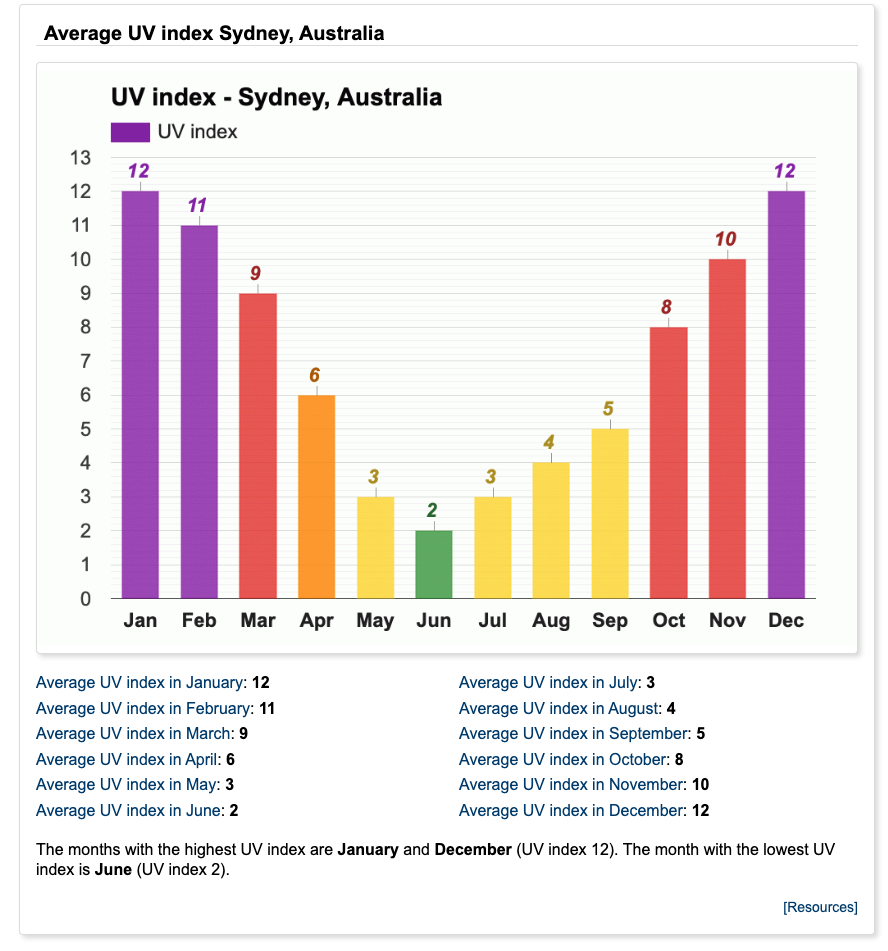
Credit: Weather Atlas
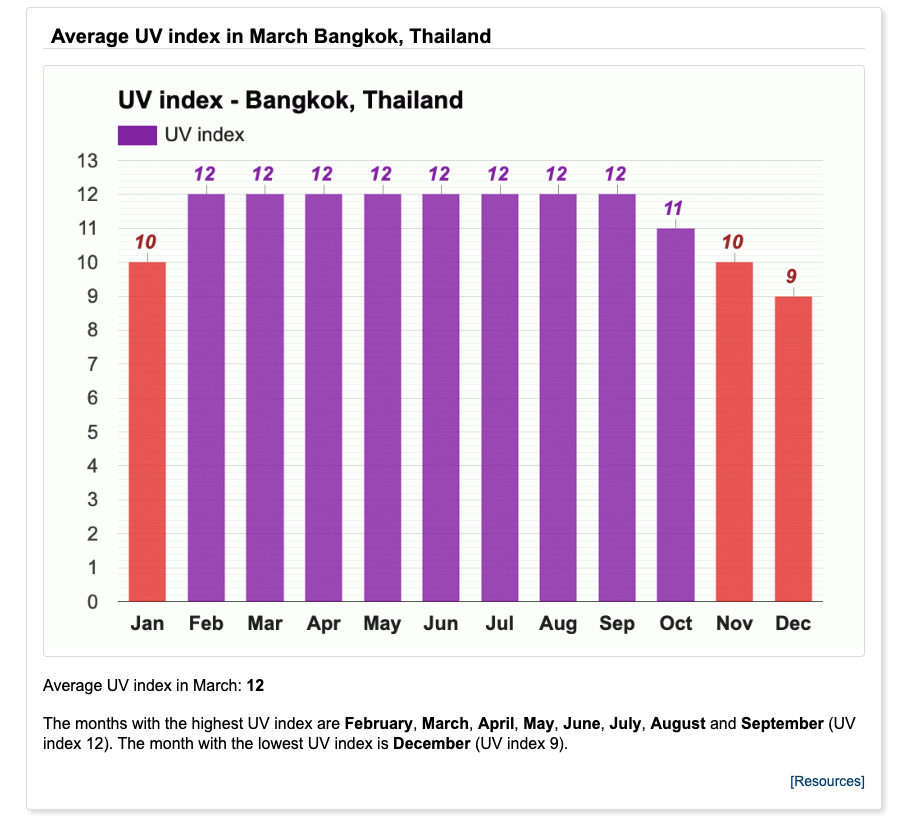
Credit: Weather Atlas

Credit: Weather Atlas
How Does the UV Index Vary Throughout the Day?

The UV Index changes throughout the day and it typically follows a bell shaped curve with the peak around midday (at 12 pm).
Based on the graph, it would be wise to stay out of the sun between 10 am to 4 pm. When planning outdoor activities, it is better to go out at both ends of the curve when the UV index is low to reduce the risk of sun damage.
Please check the daily UV forecast rather than relying on the sky’s appearance or the temperature going forward when sun protecting.
How to Reduce the Risk of Sun Damage?

PRO TIPS
- For those of us that live in parts of the world where the UV index is above 3 all year round. Being mindful and wearing sunscreens on a daily basis (just as you would brush your teeth in the morning) would be the best. Don’t forget to reapply sunscreen throughout the day as well.
- Always try to cover up and seek shade whenever possible.
- Whenever possible, avoid sun exposure between 10 am to 4 pm.
- Download apps on your phone to help you track the UV index at a specific location in real-time.
– SunSmart Global UV App – download here

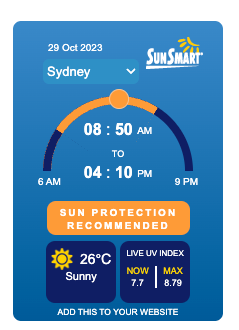
Why is Sun Protection Important?

EXTENDED READ
For a deeper understanding of the significance of sun protection and practical measures to safeguard your skin, continue reading at Sun Protective Measures.
 Common Skin Conditions
Common Skin Conditions Paediatric Conditions
Paediatric Conditions Skin Cancer
Skin Cancer Infectious Skin Conditions
Infectious Skin Conditions Other Skin Conditions
Other Skin Conditions Treatment & Management
Treatment & Management Prevention & Skincare
Prevention & Skincare


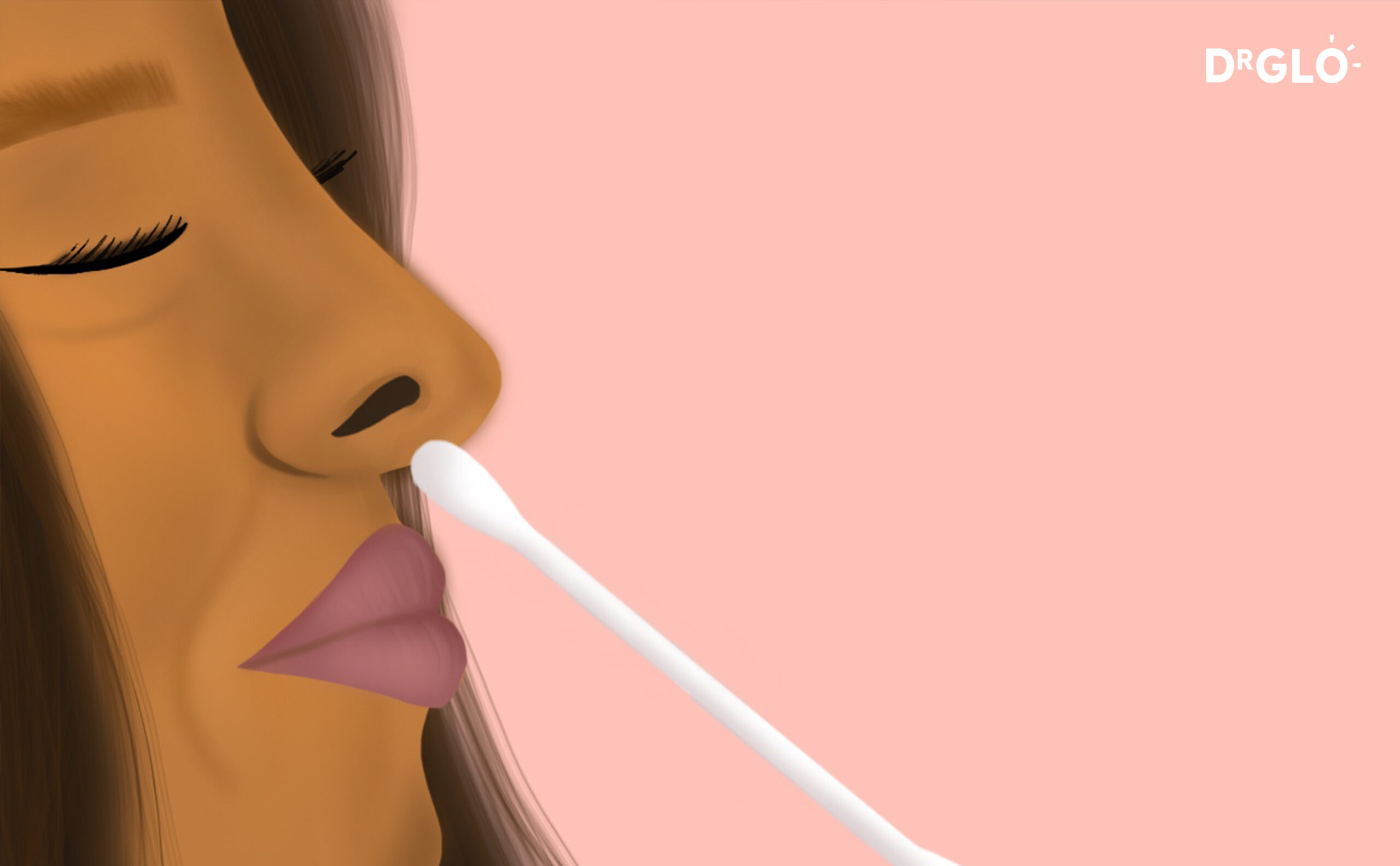
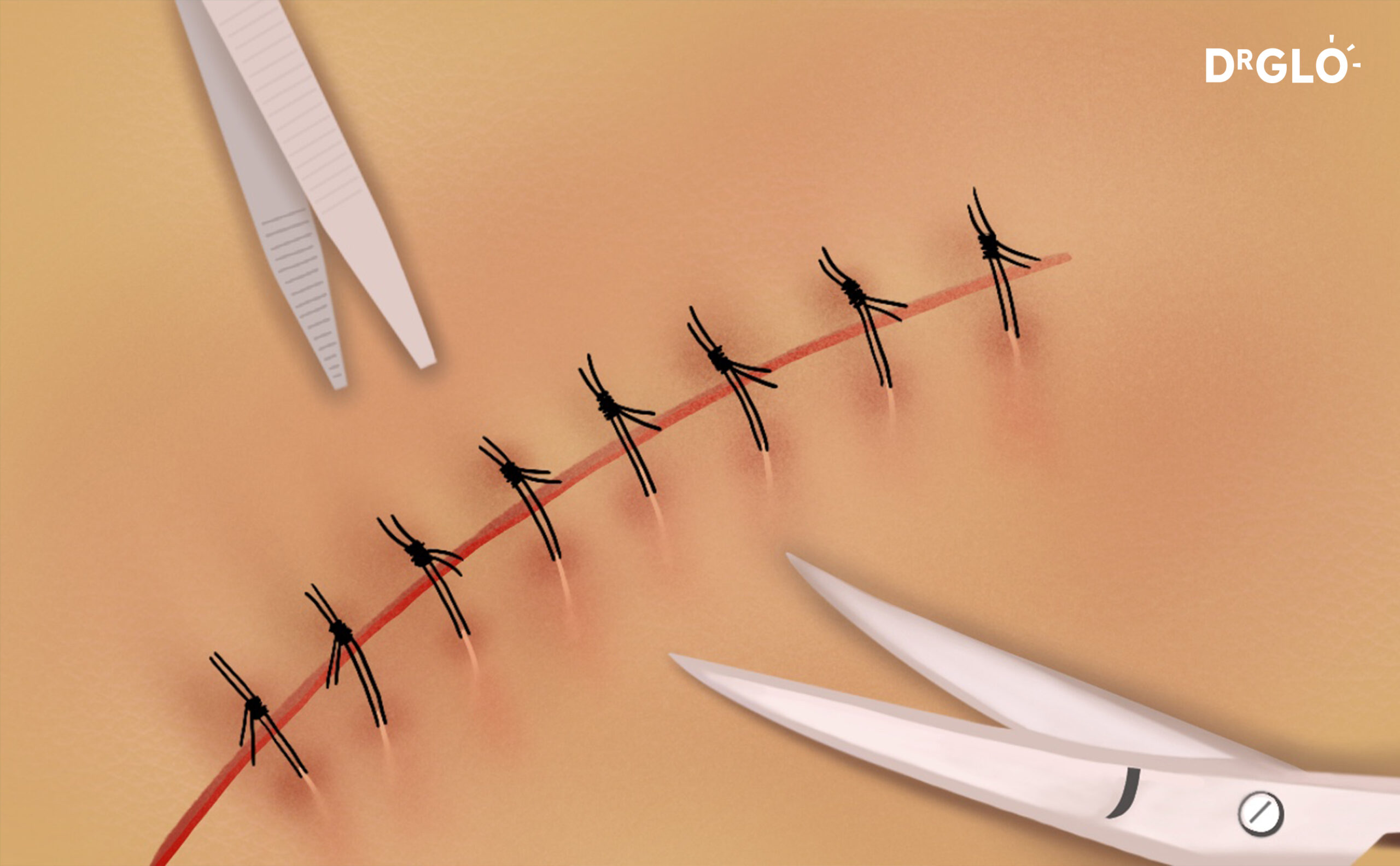

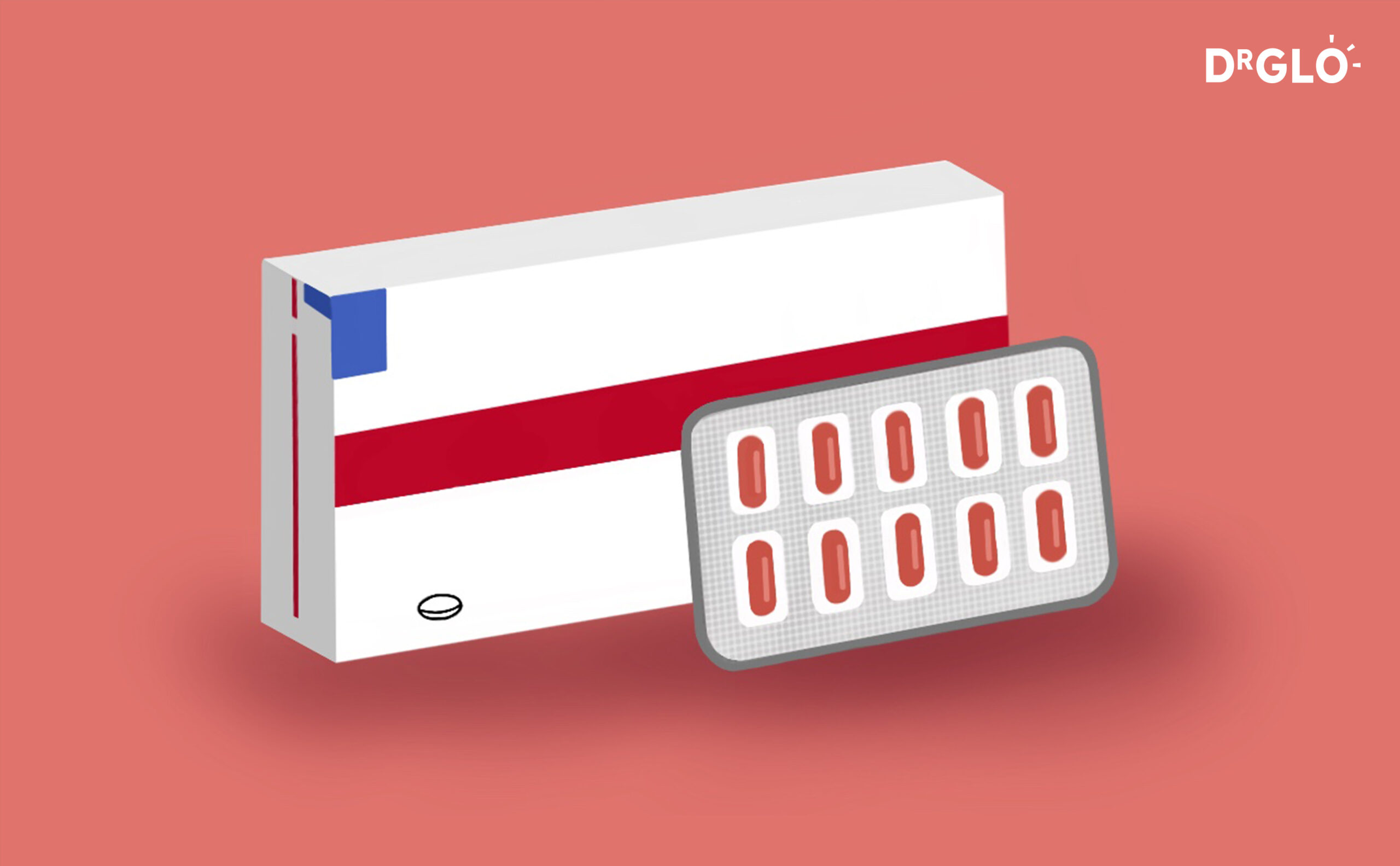

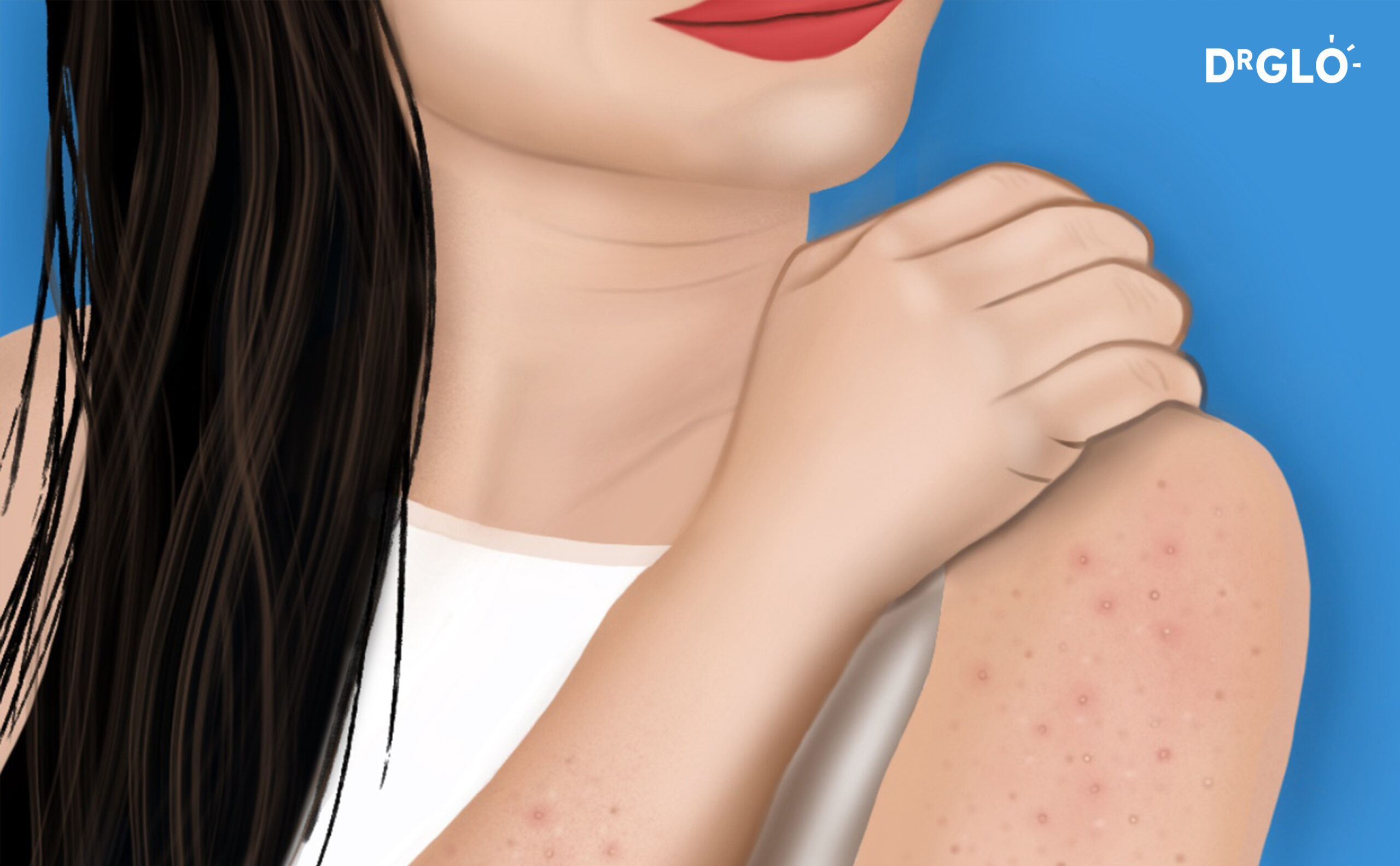
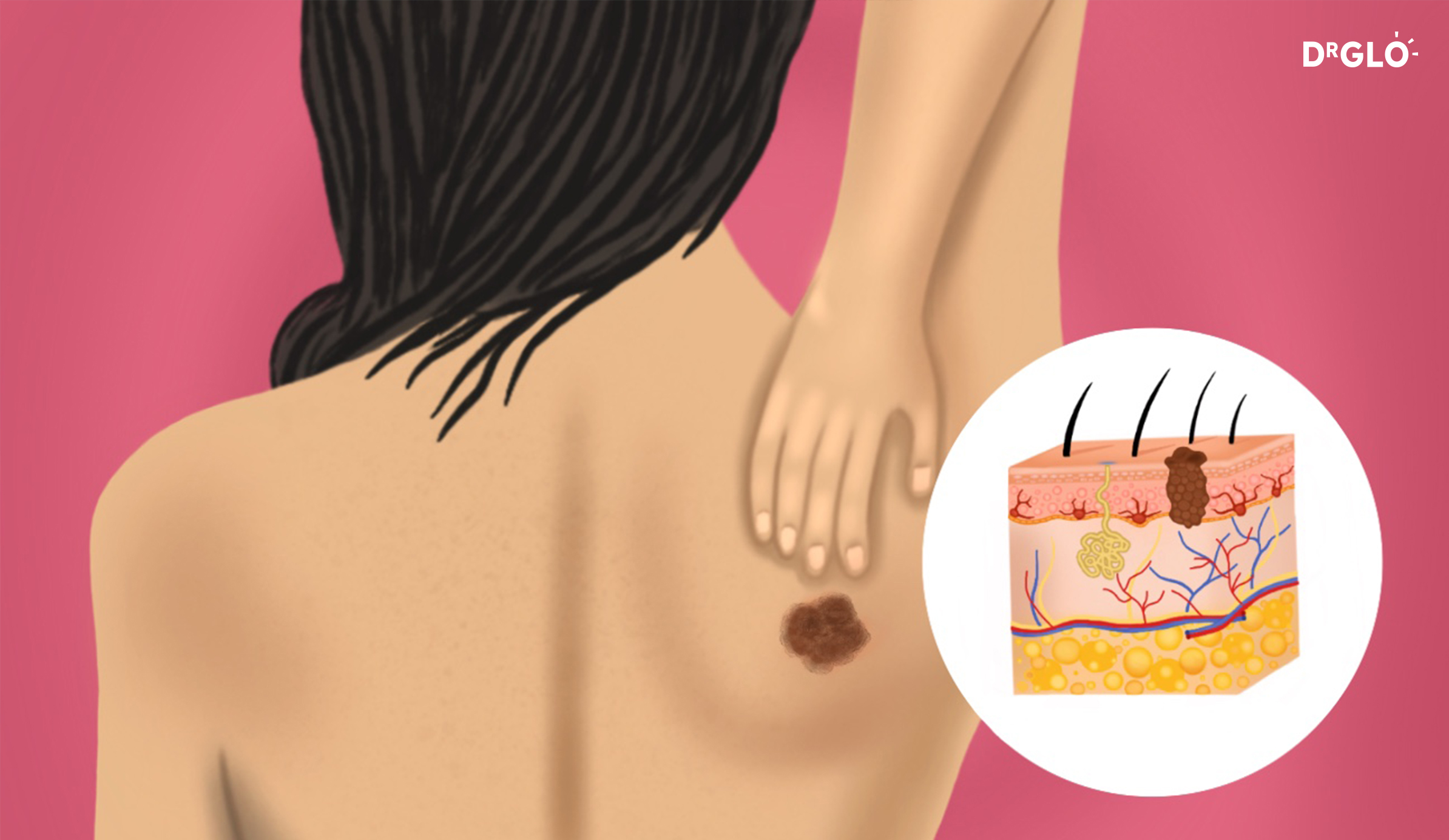
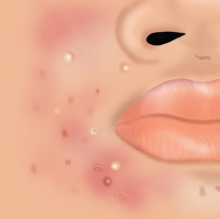

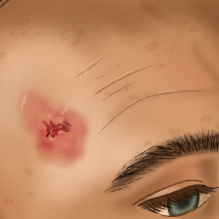

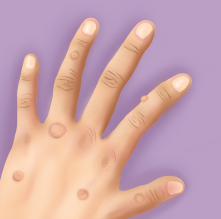

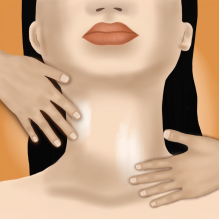
Sophia
21st Dec 2023That’s good!